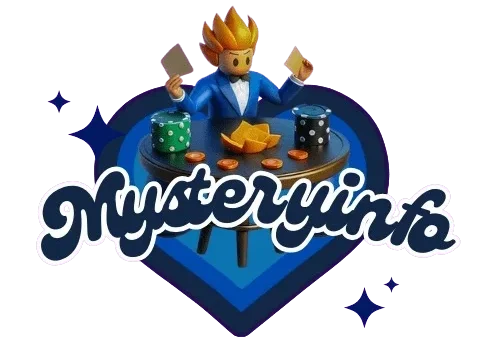Exploring the Creative Freedom in PlayStation and PSP Games
One thing that has always set PlayStation apart is its willingness to take creative risks. Whether on a home console or a portable device like the PSP, Sony has encouraged developers to break boundaries, explore untested concepts, and craft deeply personal narratives. This freedom has led to some of the hoki99 gacor best and most memorable games ever released on any platform.
The PlayStation 2 and 3 eras, for instance, brought us daring titles like Okami, Heavy Rain, and Journey—games that didn’t rely on traditional combat or progression systems, yet earned critical acclaim for their artistry and storytelling. These weren’t outliers; they became part of what defined PlayStation games as experiences that respected player intelligence and emotion.
On the PSP, that same creative spirit thrived. Quirky, colorful games like Lemmings, Echochrome, and Parappa the Rapper pushed design conventions in new directions. Even bigger franchises like Grand Theft Auto took bold approaches with titles like Liberty City Stories, which shrank massive open worlds into portable form without sacrificing complexity.
This culture of experimentation helped define Sony’s gaming identity. Rather than flood the market with predictable formulas, they championed unique voices and unorthodox ideas. As a result, the best games on both PlayStation and PSP often feel more like works of art than mass-produced products—offering players not just gameplay, but a perspective, a mood, and a lasting impression.

Leave a Reply